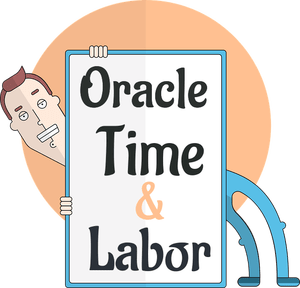Learn Oracle Time and Labor (OTL)
 In this article you will learn, step by step, how to setup OTL from scratch for a project layout. These OTL setup steps are deigned for beginners so even if you have no prior knowledge, you would be able to configure fully without any problem. This setup can be used for client demo or any POC or for your internal practice and knowledge. At the end of the course if you have any question, do visit Oracle Cloud HCM Forum and post your questions.
In this article you will learn, step by step, how to setup OTL from scratch for a project layout. These OTL setup steps are deigned for beginners so even if you have no prior knowledge, you would be able to configure fully without any problem. This setup can be used for client demo or any POC or for your internal practice and knowledge. At the end of the course if you have any question, do visit Oracle Cloud HCM Forum and post your questions.
You will also get a dummy BR.100 document that you can keep safely with you to configure any time in future but to know where is that BR.100 you will need to read this whole article first 🙂
If you are interested to learn oracle cloud OTL for payroll layout, head over to this post » Learn Oracle Time and Labor (OTL) Cloud With Payroll
Subscribe Now to Unlock Premium Content!
Choose a plan that fits your needs and stay ahead in your career with our expertly curated premium content.











